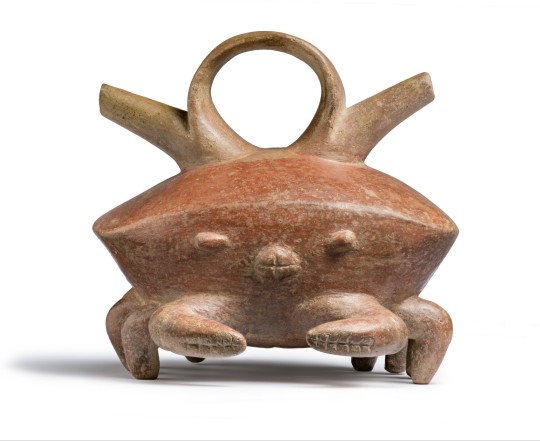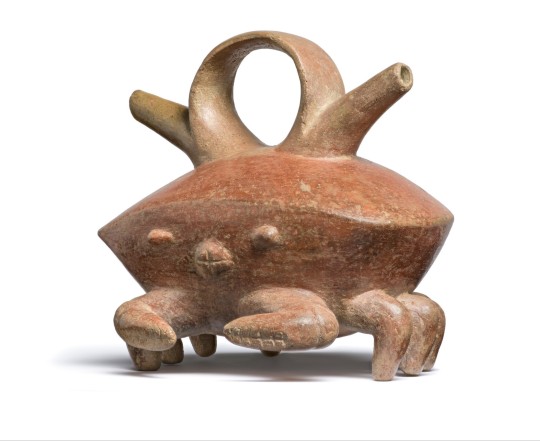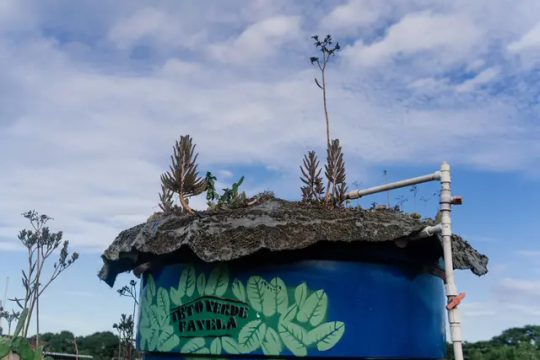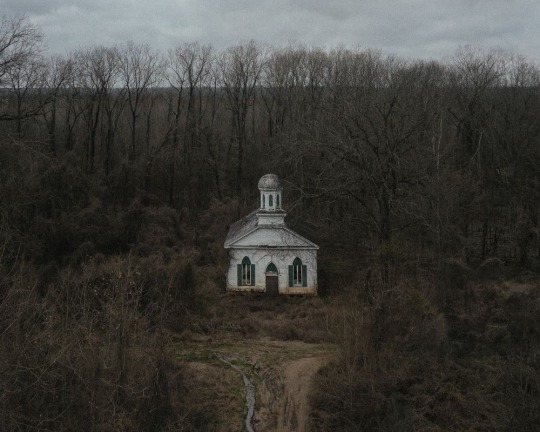#south america.
Explore tagged Tumblr posts
Text

Panchita Tunnel, Galápagos, Ecuador: In the village of Bellavista in the Highlands of Santa Cruz Island, you can walk through lava tunnels or lava tubes. This is just 7 km (4.3 miles) inland from Puerto Ayora, the main town. The outer skin of the molten lava hardens while the liquid magma continues to flow through, leaving behind a cavity of empty tubes or tunnels. . There is limited visibility, and the floor is sometimes uneven and slippery.
71 notes
·
View notes
Text
white americans when you tell them that the idea of climate change as an impending disaster is a reductive first world perspective because it’s a tangible reality for many in the global south already:
#climate change#im TIRED#and i’m saying this as someone who also lives in the US.#im glad that none of you have to worry about your family and friends in other countries dying because of the heat#but this idea that “oh we have to stop it before we reach the extreme” is SO STUPID#because it’s already reached the extreme in some places!!#people are dying in south asia. people are dying in southeast asia. people are dying in africa. people are dying in central america.#people are dying in south america. people are dying in island nations.#what will it take you to care about these people#or will you not care until it’s people who look like you who are dying.
47K notes
·
View notes
Text

go there
#americaposting#grand canyon#arizona#united states of america#grand canyon national park#south kaibab trailhead
29K notes
·
View notes
Text

Intense, Widespread Drought Grips South America.
Rivers in the Amazon basin fell to record-low levels in October 2024 as drought gripped vast areas of South America. Months of diminished rains have amplified fires, parched crops, disrupted transportation networks, and interrupted hydroelectric power generation in parts of Brazil, Bolivia, Colombia, Ecuador, Peru, and Venezuela.
Click here to read more.....
0 notes
Text

antarctica's nearest indigenous peoples.
#arcana.uploads#activism.#all my relations.#antarctica.#oceania.#polynesia.#new zealand.#australia.#americas.#south america.#argentina.#chile.#africa.#south africa.#zimbabwe.
1 note
·
View note
Text

Red-ruffed Fruitcrow (Pyroderus scutatus), EAT A TASTY FRUIT!!!, family Cotingidae, order Passeriformes, Colombia
photograph by Juan Jacobo Castillo
18K notes
·
View notes
Text

A Galapagos sea lion (Zalophus wollebaeki) sleeping in Galapagos, Ecuador
by Tim Matthews
#galapagos sea lion#sea lions#pinnipeds#zalophus wollebaeki#zalophus#Otariidae#pinnipedia#carnivora#mammalia#chordata#wildlife: galapagos#wildlife: ecuador#wildlife: south america
8K notes
·
View notes
Text


~ Crab Vessel with Double Spout.
Place of origin: Colombia, Calima Region
Period: Ilama Period
Date: 1500 B.C.-A.D. 100
Medium: Ceramics
#ancient#ancient art#history#museum#archeology#ancient history#archaeology#ancient pottery#pottery#south america#crab#crab vessel#calima#Colombia#pre columbian#Ilama Period#1500 b.c.#a.d. 100
23K notes
·
View notes
Text


Pictured: Luis Cassiano is the founder of Teto Verde Favela, a nonprofit that teaches favela residents in Rio de Janeiro, Brazil, how to build their own green roofs as a way to beat the heat. He's photographed at his house, which has a green roof.
Article
"Cassiano is the founder of Teto Verde Favela, a nonprofit that teaches favela residents how to build their own green roofs as a way to beat the heat without overloading electrical grids or spending money on fans and air conditioners. He came across the concept over a decade ago while researching how to make his own home bearable during a particularly scorching summer in Rio.
A method that's been around for thousands of years and that was perfected in Germany in the 1960s and 1970s, green roofs weren't uncommon in more affluent neighborhoods when Cassiano first heard about them. But in Rio's more than 1,000 low-income favelas, their high cost and heavy weight meant they weren't even considered a possibility.
That is, until Cassiano decided to team up with a civil engineer who was looking at green roofs as part of his doctoral thesis to figure out a way to make them both safe and affordable for favela residents. Over the next 10 years, his nonprofit was born and green roofs started popping up around the Parque Arará community, on everything from homes and day care centers, to bus stops and food trucks.
When Gomes da Silva heard the story of Teto Verde Favela, he decided then and there that he wanted his home to be the group's next project, not just to cool his own home, but to spread the word to his neighbors about how green roofs could benefit their community and others like it.

Pictured: Jessica Tapre repairs a green roof in a bus stop in Benfica, Rio de Janeiro, Brazil.
Relief for a heat island
Like many low-income urban communities, Parque Arará is considered a heat island, an area without greenery that is more likely to suffer from extreme heat. A 2015 study from the Federal Rural University of Rio de Janeiro showed a 36-degree difference in land surface temperatures between the city's warmest neighborhoods and nearby vegetated areas. It also found that land surface temperatures in Rio's heat islands had increased by 3 degrees over the previous decade.
That kind of extreme heat can weigh heavily on human health, causing increased rates of dehydration and heat stroke; exacerbating chronic health conditions, like respiratory disorders; impacting brain function; and, ultimately, leading to death.
But with green roofs, less heat is absorbed than with other low-cost roofing materials common in favelas, such as asbestos tiles and corrugated steel sheets, which conduct extreme heat. The sustainable infrastructure also allows for evapotranspiration, a process in which plant roots absorb water and release it as vapor through their leaves, cooling the air in a similar way as sweating does for humans.
The plant-covered roofs can also dampen noise pollution, improve building energy efficiency, prevent flooding by reducing storm water runoff and ease anxiety.
"Just being able to see the greenery is good for mental health," says Marcelo Kozmhinsky, an agronomic engineer in Recife who specializes in sustainable landscaping. "Green roofs have so many positive effects on overall well-being and can be built to so many different specifications. There really are endless possibilities.""

Pictured: Summer heat has been known to melt water tanks during the summer in Rio, which runs from December to March. Pictured is the water tank at Luis Cassiano's house. He covered the tank with bidim, a lightweight material conducive for plantings that will keep things cool.
A lightweight solution
But the several layers required for traditional green roofs — each with its own purpose, like insulation or drainage — can make them quite heavy.
For favelas like Parque Arará, that can be a problem.
"When the elite build, they plan," says Cassiano. "They already consider putting green roofs on new buildings, and old buildings are built to code. But not in the favela. Everything here is low-cost and goes up any way it can."
Without the oversight of engineers or architects, and made with everything from wood scraps and daub, to bricks and cinder blocks, construction in favelas can't necessarily bear the weight of all the layers of a conventional green roof.
That's where the bidim comes in. Lightweight and conducive to plant growth — the roofs are hydroponic, so no soil is needed — it was the perfect material to make green roofs possible in Parque Arará. (Cassiano reiterates that safety comes first with any green roof he helps build. An engineer or architect is always consulted before Teto Verde Favela starts a project.)
And it was cheap. Because of the bidim and the vinyl sheets used as waterproof screening (as opposed to the traditional asphalt blanket), Cassiano's green roofs cost just 5 Brazilian reais, or $1, per square foot. A conventional green roof can cost as much as 53 Brazilian reais, or $11, for the same amount of space.
"It's about making something that has such important health and social benefits possible for everyone," says Ananda Stroke, an environmental engineering student at the Federal University of Rio de Janeiro who volunteers with Teto Verde Favela. "Everyone deserves to have access to green roofs, especially people who live in heat islands. They're the ones who need them the most." ...
It hasn't been long since Cassiano and the volunteers helped put the green roof on his house, but he can already feel the difference. It's similar, says Gomes da Silva, to the green roof-covered moto-taxi stand where he sometimes waits for a ride.
"It used to be unbearable when it was really hot out," he says. "But now it's cool enough that I can relax. Now I can breathe again."
-via NPR, January 25, 2025
#architecture#sustainable architecture#heat islands#urban heat#brazil#brasil#south america#favela#rio de janeiro#green roof#plants#climate action#climate adaptation#infrastructure#good news#hope#solarpunk
3K notes
·
View notes
Text


Unreal
Puerto Natales Mágico, Patagonia Chilena.
#photography#art#nature photography#photographers on tumblr#landscape photography#artists on tumblr#astronomy photography#forest photography#autumn photography#nigth photography#sky photography#landscapes#adventure#patagonia#chile#astronomy#nigth sky#northern lights#mountains#aesthetics#lensblr#red skies#patagononia chilena#south america#galaxy#stars photography#aurora borealis#aurora australis
10K notes
·
View notes
Text

A post-medieval scale tang knife handle with inscription 'make you bleed' from the 17th - 18th century
#southern gothic#southern gothic aesthetic#southern goth aesthetic#gothic style#rural america#rural gothic#american gothic#midwest gothic#gothic#goth aesthetic#dark aesthetic#rural aesthetic#ethel cain#southern americana#preachers daughter#appalachain gothic#vintage photography#small town gothic#rural south#deep south#western gothic#appalachian gothic#romantic goth#americana#medieval#artists on tumblr
6K notes
·
View notes
Text






Golden-spotted Ground Dove (Metriopelia aymara) native to the high Andes. x
#golden spotted ground dove#doves#wildlife#andes#south america#naturecore#pigeons#uploads#birdcore#birds#columbidae#zoology#ornithology
6K notes
·
View notes
Text

Zelda Goddess Statue spotted in the middle of São Paulo, Brazil
#zelda#brazil#nintendo#breath of the wild#botw#tears of the kingdom#totk#switch#nintendo switch#legend of zelda#gaming#video games#goddess statue#brasil#south america#link#princess zelda#hyrule#loz#sao paulo
4K notes
·
View notes
Text

#rural south#rural photography#rural decay#rural america#rural#rural aesthetic#rural gothic#ruralcore#appalachain gothic#appalachia#southern gothic#southern goth aesthetic#southern americana#rural americana#vintage americana#gothic americana#dark americana#americana#grunge#twd#twd aesthetic#tlou#apocalyptic world#apocalyptic#zombie apocalypse#post apocalyptic#apocalypse
4K notes
·
View notes
Text

#southern gothic#churchyard#dark#photography#abandonedcore#small town america#lost places#rural decay#ruralcore#american gothic#old church#alternative#wintercore#rural gothic#regional gothic#midwestern gothic#americana#abandoned places#rural america#emptycore#symmetry#rural south#abandoned#gothic#small town
5K notes
·
View notes
Text





Read our new report Hope at Risk: The Lack of a Safe Space to Defend Human Rights in Colombia Continues
Read “We continue to risk our lives defending Colombia’s rivers and wetlands”, a blog by threatened water defender Yuly Velásquez
Read “Stories of Water”, a guest blog by threatened water defender Yuvelis Morales
Watch a webinar with threatened land, Indigenous territory and water defender Berenice Celeita
1 note
·
View note